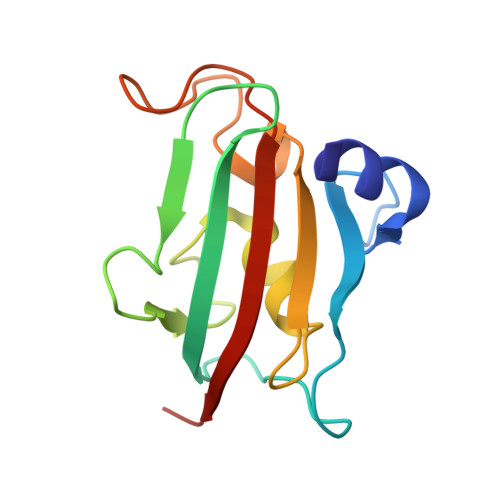A Novel Decalin-Based Bicyclic Scaffold for FKBP51-Selective Ligands.
Feng, X., Sippel, C., Knaup, F.H., Bracher, A., Staibano, S., Romano, M.F., Hausch, F.(2020) J Med Chem 63: 231-240
- PubMed: 31800244
- DOI: https://doi.org/10.1021/acs.jmedchem.9b01157
- Primary Citation of Related Structures:
6SAF - PubMed Abstract:
Selective inhibition of FKBP51 has emerged as possible novel treatment for diseases like major depressive disorder, obesity, chronic pain, and certain cancers. The current FKBP51 inhibitors are rather large, flexible, and have to be further optimized. By using a structure-based rigidification strategy, we hereby report the design and synthesis of a novel promising bicyclic scaffold for FKBP51 ligands. The structure-activity analysis revealed the decalin scaffold as the best moiety for the selectivity-enabling subpocket of FBKP51. The resulting compounds retain high potency for FKBP51 and excellent selectivity over the close homologue FKBP52. With the cocrystal structure of an advanced ligand in this novel series, we show how the decalin locks the key selectivity-inducing cyclohexyl moiety of the ligand in a conformation typical for FKBP51-selective binding. The best compound 29 produces cell death in a HeLa-derived KB cell line, a cellular model of cervical adenocarcinoma, where FKBP51 is highly overexpressed. Our results show how FKBP51 inhibitors can be rigidified and extended while preserving FKBP51 selectivity. Such inhibitors might be novel tools in the treatment of human cancers with deregulated FKBP51.
- Department of Translational Research in Psychiatry , Max Planck Institute of Psychiatry , Kraepelinstrasse 2 , 80804 Munich , Germany.
Organizational Affiliation:

















